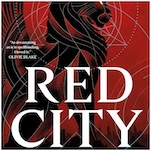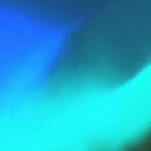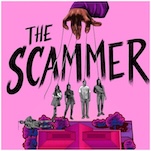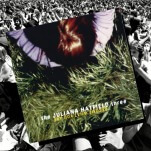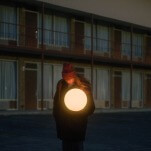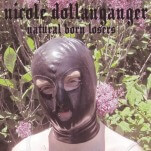52 Wines in 52 Weeks: Franciacorta is the Best Sparkling Wine You’re Not Drinking
Photo via Pixabay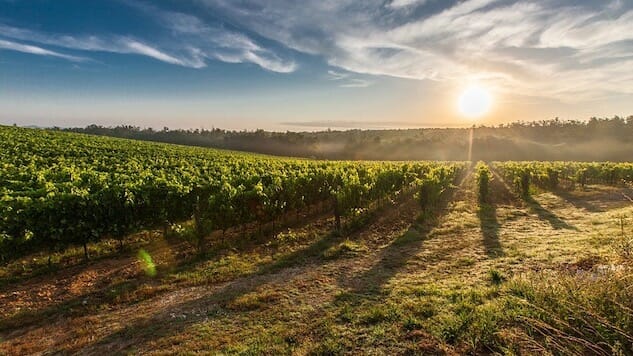
It is said that, like most of the greatest things, Champagne was discovered by accident. There’s a cute and sadly probably apocryphal story about the most famous monk in history, a guy by the name of Dom Perignon, discovering this kooky secondary fermentation thing that had happened to his stash of Pinot and exclaiming in rapture: “Come quickly! I am drinking the stars.” More scrupulous historians have conceded that it might not have gone down exactly like that, but it’s a sweet story so it hangs on. And that’s fine, because if wine is about anything, it’s about stories and metaphors and slightly altered perceptions.
Champagne has been the gold standard sparkling wine for ages, which means it often commands ultra-high prices and makes other sparkling wines seem like less of the real deal by contrast. Since “cheap Champagne” is a widely feared hangover bully, people can be even more afraid of branching out, but as I note as often as the editors will let me, there’s a vast universe of drinkable stars out there beyond Veuve Cliquot, some of which come from places you might not think of as sparkling wine centers.
The sparkling wine Americans are likeliest to associate with Italy is Prosecco, a tank-fermented, generally cheap-and-cheerful brew made from Glera grapes (some supporting cast members are permitted) native to the northeastern regions of the country (the town of Prosecco is near the Adriatic port city of Trieste). Prosecco is fizzy and charming and go-along-to-get-along and it’s a great cocktail mixer, which I don’t mean as a passive-aggressive put down. I love Prosecco. But it isn’t the only bubbly to look for from Italy, and if you and Champagne need to see other people, you might want to get an introduction to Franciacorta.
Franciacorta hails from Lombardy, land of poplar trees, polenta, risotto and anything named “Milanese.” It’s produced the same way Champagne is, with secondary fermentation in the bottle, and the grapes used are basically the same too (Chardonnay, Pinot Noir, and Pinot Bianco rather than the dusty-leaved Meunier). But I think in a blind tasting you’d still notice it wasn’t Champagne. (Feel free to test me on this any time you are picking up the tab.)
Franciacorta is not as youthful and fruity and dewy-eyed as Prosecco, but it’s still an affable, quaffable, unfussy Italian sort of character that is pleasingly reluctant to be a diva. It is also a deeply terroir-driven and complex beverage that deserves your attention every bit as much as a fine Champagne. Depending on the bottle and the specific composition of grapes, you can expect Franciacorta to have a certain rich fruitiness and/or breadiness from Chardonnay, structure from Pinot Nero and roundedness from Pinot Bianco. Pastry notes are common, as are citrus, stone fruit and nut notes (very often almond or hazelnut). Until recently, Franciacorta wasn’t exported very much, but that is changing, so it isn’t as hard to find as it once was. Yay.
5 Bottles to try

Barone Pizzini “Animante” Franciacorta ($34)
-

-

-

-

-

-

-

-

-

-

-

-

-

-

-

-

-

-

-

-

-

-

-

-

-

-

-

-

-

-

-

-

-

-

-

-

-

-

-

-






